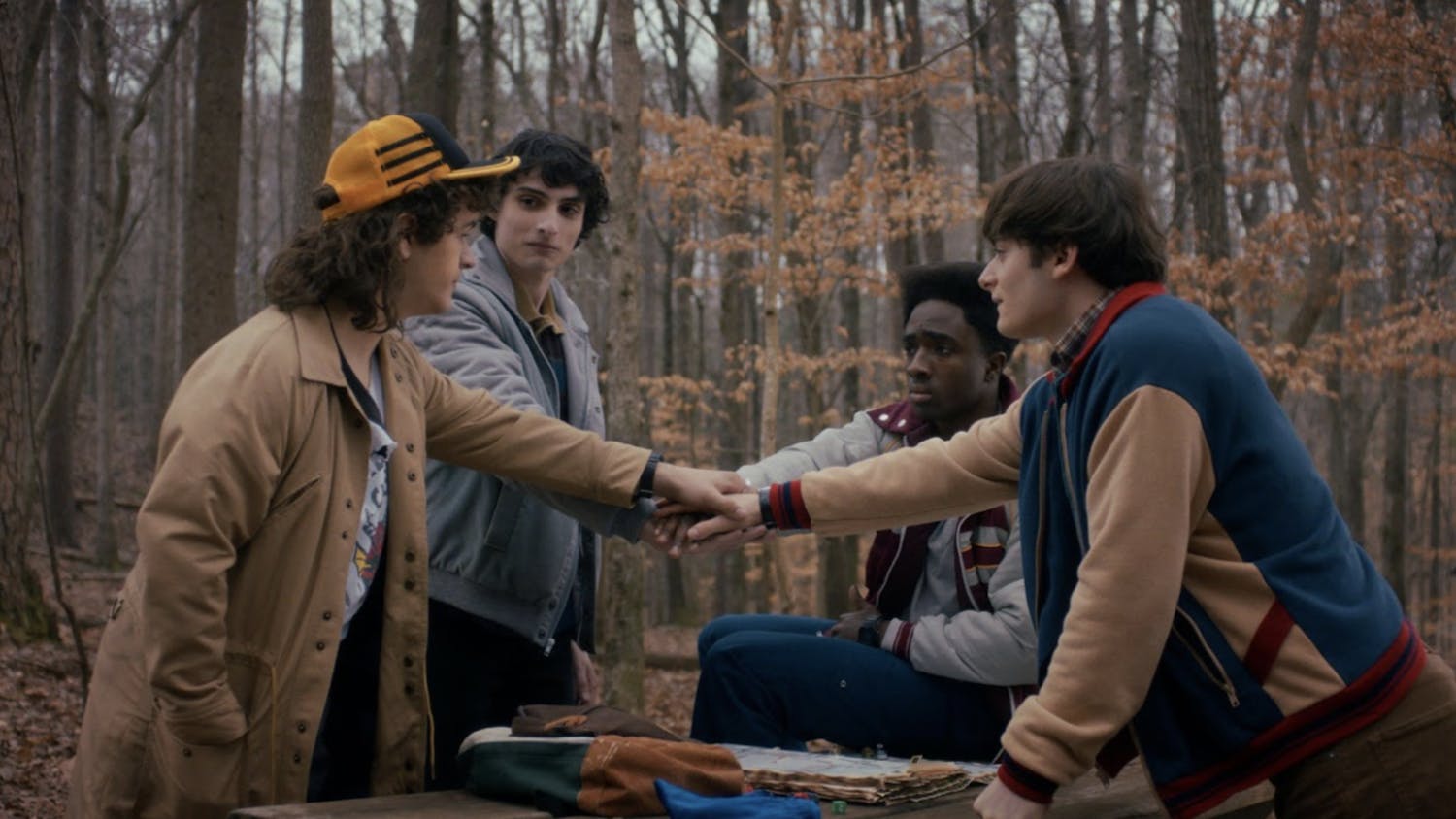By Lake DiStefano
Staff Writer
This time of year is marked by many traditions–yet none more indicative of our digital age than the annual Spotify wrapped: the yearly showcase of a listener’s top artists on the music streaming platform of the same name.
Many look forward to seeing how their listening habits have changed between the previous year and the present–but I feel that what was initially a pure idea has only been twisted into a form of gatekeeping and narcissism.
Musical elitism is far from a new concept, with the idea of having a “cool” or “good” music taste being its most common form. People are judgmental, and that extends all the way down to the art they consume and resonate with. Spotify Wrapped is simply a recent victim of this mentality, pushing the idea of using one’s interests to argue a betterment over another person–or group of people.
Spotify Wrapped gives people a visual to latch onto. All their listening data is clearly telegraphed in the form of a neat and colorful graphic, one that is easy to understand and easy to share over one’s social media.
The accessible nature of Wrapped works to both bolster a pretentious belief of having a “good” music taste, while also providing a medium to judge the tastes of others through. It is easy to glance over someone’s top five artists and songs displayed and make a judgment about how their musical interests are in relation to your own.
It’s almost second nature to see an artist you dislike perched atop someone’s wrapped and roll your eyes in both annoyance and dismissal. Even if it’s not conscious, we are constantly using the layout of the wrapped, and how it sums up a person’s entire year of music in a single image, to make both assumptions and opinions about people they derive from.
But it goes beyond even just contributing to the judgment of others' favorite artists. The layout of the Wrapped encourages the elitism felt among fans within an artist's own fanbase.
The Wrapped not only shows you your top artists of that year, but it also showcases what percentile you land in within that artist's listener-base.
This lends itself quite nicely to the unfounded, yet prevalent superiority complex many fans have in relation to their peers. There seems to be this baseline desire to be perceived as a “truer” or “bigger” fan in contrast to the “fake” fans in a fansbase.
The Wrapped gives a number for these cynics to use as proof for how “good” of a fan they are. It gives them an argument-piece to discredit those of a lower listening percent, as well as making others feel like they have to brag about their own stats to defend themselves.
This leads to gatekeeping, which in turn makes the fanbase of any one artist more combative and toxic. Therefore leading to a more negative reputation of that artist’s fans, and this circles all the way back around to that eye-roll one may enact when they see an artist, with aggressive fans, atop someone’s wrapped.
It invertedly hurts the artists that those fans claim to love so much, by deterring new potential listeners from that artist and making any current fans feel less willing to participate and be active in that fanbase.
It is an unfortunate cycle that seems to only worsen with each passing year and each new Spotify wrapped.
So that begs the question: How can we remedy this? After all, it’s clearly not an intended side-effect. In fact, the sharing of the wrapped between mutuals is branded as a bonding activity. How did such a positive idea devolve into this game of comparison?
Ultimately, this is not the fault of Spotify itself, but rather of the listeners who choose to turn an otherwise wholesome thing into ammo. The idea of “fake” fans or “bad” music taste is entirely pointless, and the way the wrapped has been turned into fuel for those beliefs is disheartening to say the least.
It is on music listeners to attempt to forge a better culture around music consumption–one where people aren’t ashamed to share their wrapped.
Art resonates differently with different people, and social cache is a product of insecurity. Perpetuating that idea is only going to make people more critical of your own interests, which is a thing that no one deserves, regardless of how “lame” those interests may be considered.







